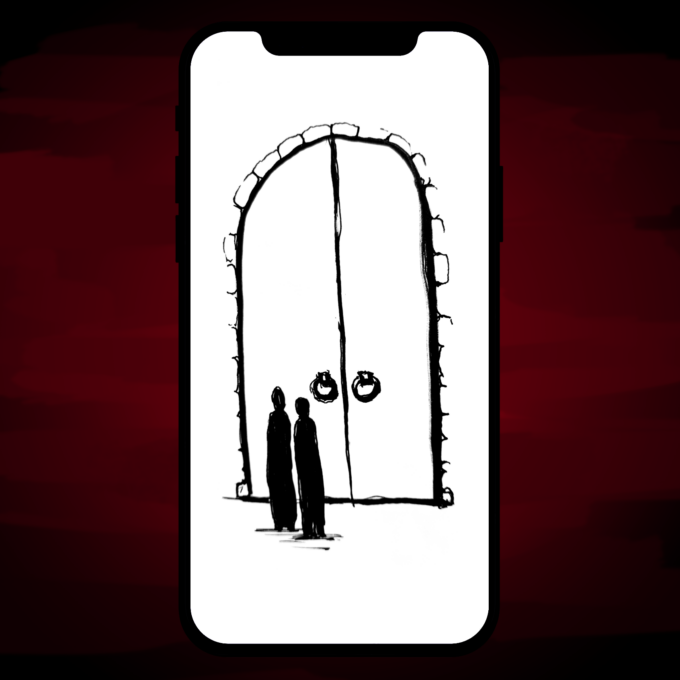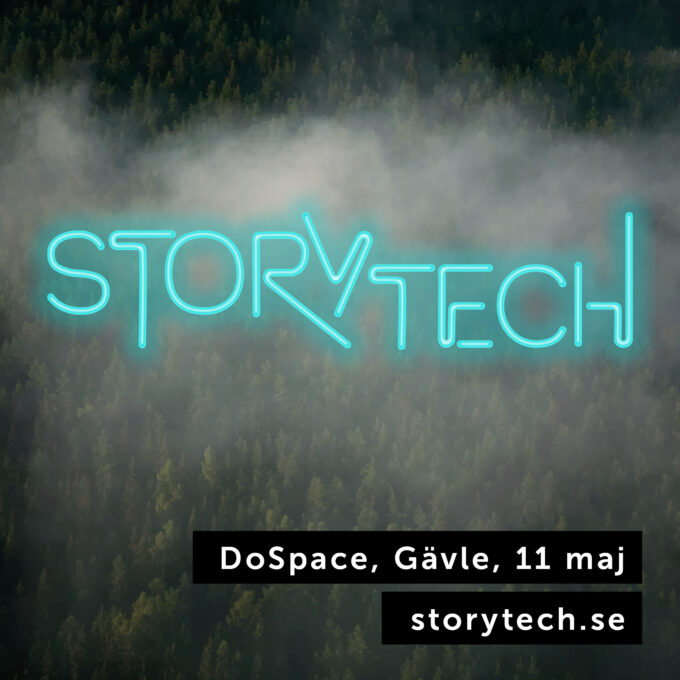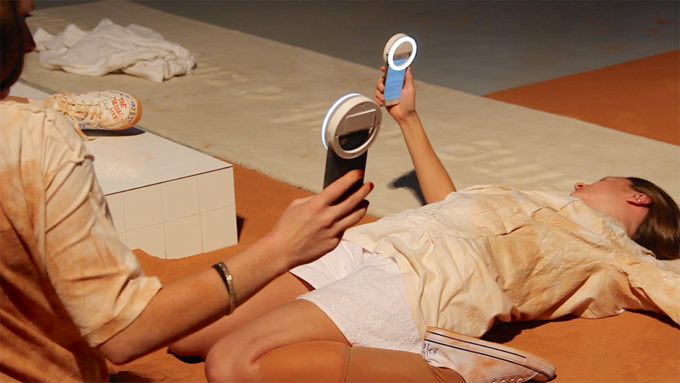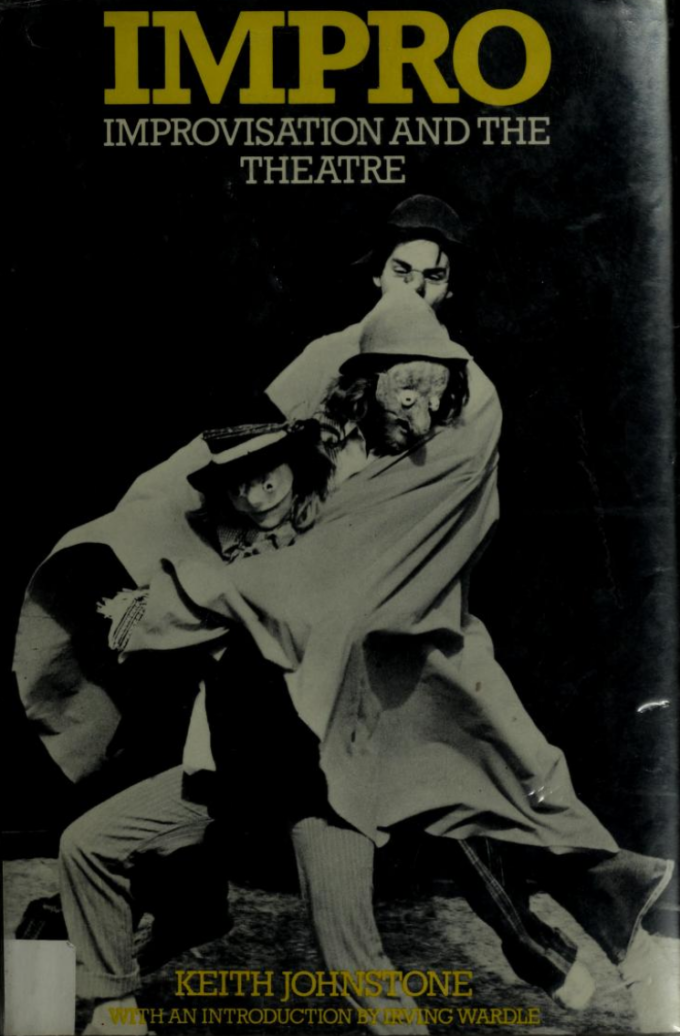Month: March 2023
-

Datenight på domens dag (Kulturnatten, Kulturhuset)
På Kulturnatten, 22 april, 2023 blir det ny-designad, ny-kodad speeddate på Kulturhuset i Stockholm Kom med på en infernalisk speed-date och lär känna nya vänner, älskare och småjävlar. Din mobil (detta djävulens påfund) kommer att leda dig och de andra förtappade själarna på plats genom en serie rykande möten och situationer. Speed-daten är skapad och…
-

Ekstasis på Storytech
Vi visar Ekstasis på endags-konferensen Storytech i Gävle 11 maj 2023.
-

THE IMAGINING BODY: Freestanding course at SKH
Applications are open for a freestanding 7.5p course at Uniarts/SKH that I will put together and teach together with Áron Birtalan. It’s the first time I have the opportunity to create an entire course from scratch on university level and I think these five weeks will be great. If you are active in any performative…
-

Rest in peace Keith Johnstone
I just heard that the improvisation guru Keith Johnstone (1933 – 2023) passed away. He visited Stockholm occasionally and worked with Susan Osten and others, which also meant that his work was translated and published in Swedish. I think his work was absolutely fundamental to bridge the world of games and theater and thereby making…